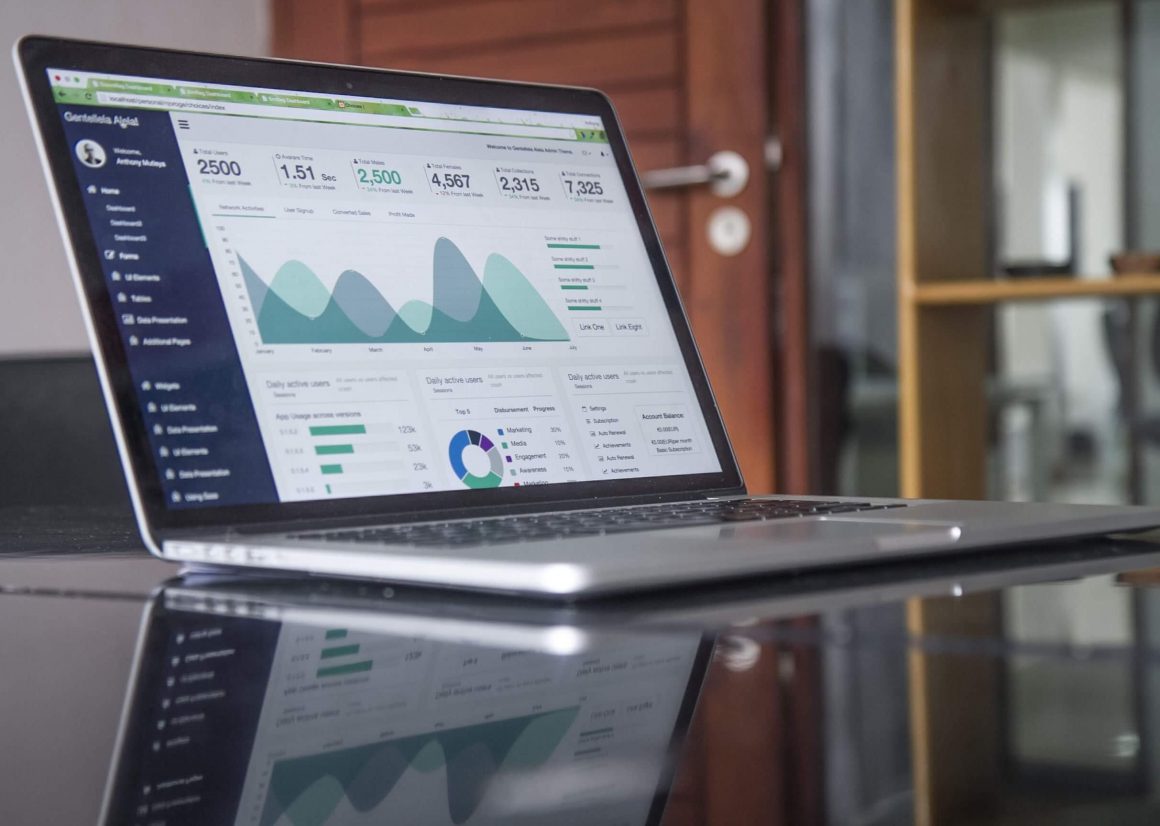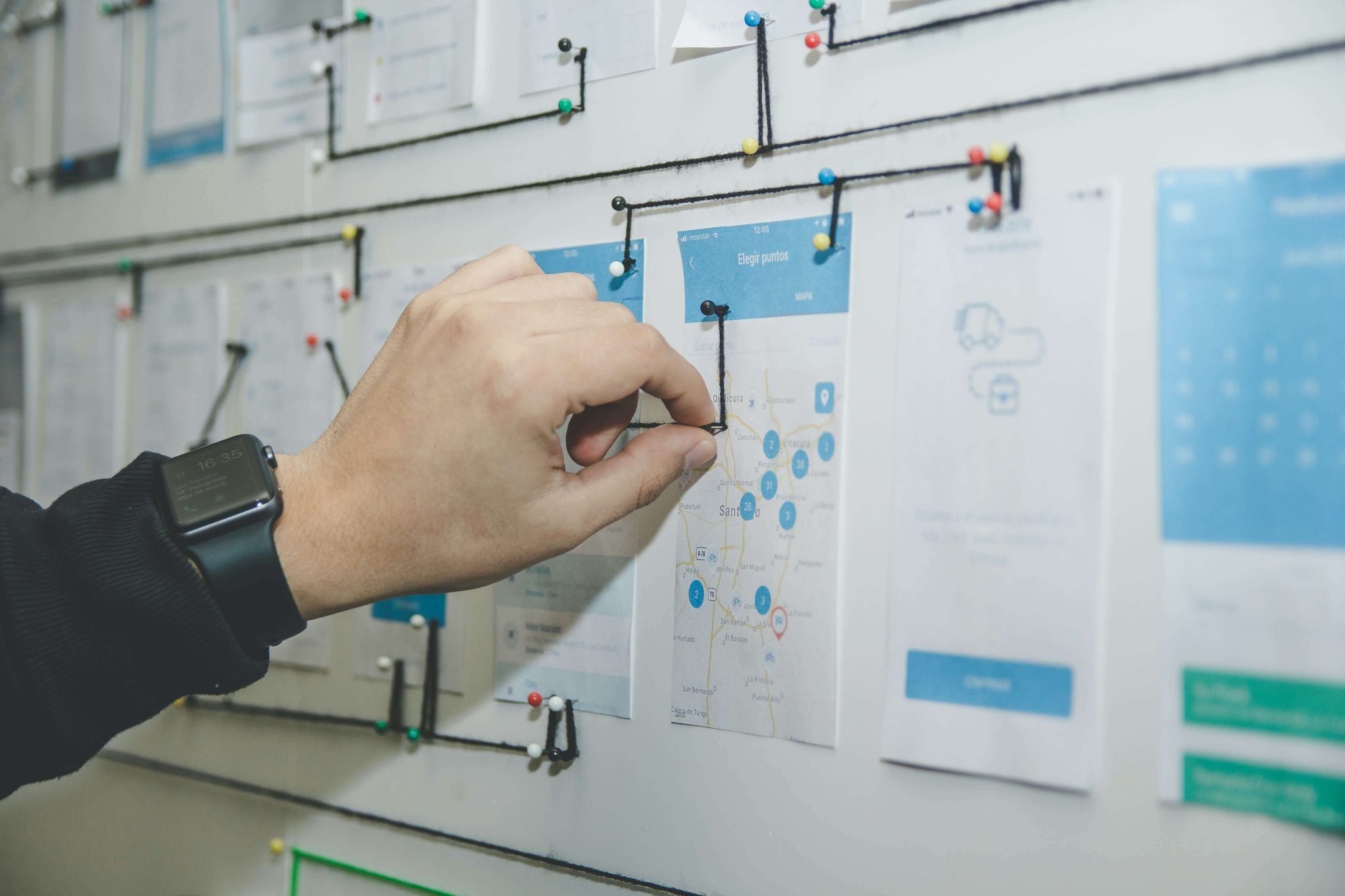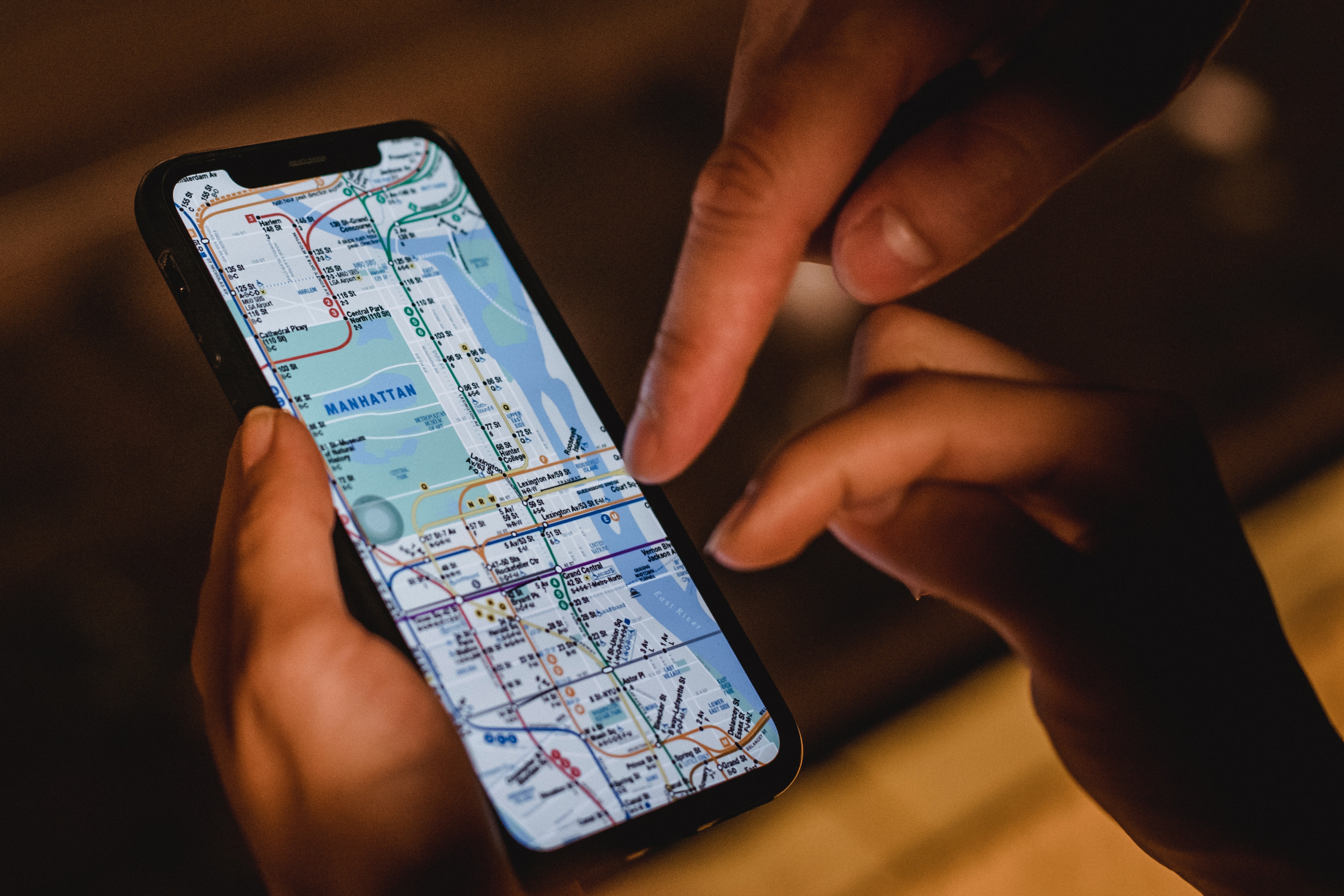How Accurate Is Geofencing Advertising?
Geofencing is one of the best ways to engage your target audience by sending hyper-local, relevant messages to their smartphones. Creating a...

Using geofencing as part of your marketing campaign can help you reach the right customer at the right time and in the right place. But it can be difficult to understand if a campaign is successful because it doesn’t always translate to direct sales.
Here are some of the key performance indicators for geofencing analytics you can use when establishing and evaluating your next geofencing campaign.
Cost per thousand (known as CPM, since mille means thousand in French, Italian, and Latin) is the cost it takes for you to generate one thousand impressions. It’s the most common pricing model when dealing with digital and online advertising, and is a staple in understanding the success of any online marketing campaign. This helps you figure out what your geofencing marketing costs are, which is crucial in determining whether the campaign is successful.
CPM helps you formulate the budget for your campaign and is related to measuring your ROI. To find your ROI, subtract your CPM from your profits.
Cost per click (CPC) focuses on your target audience clicking or interacting with your advertisement. CPC can judge how much attention your campaign is getting, but the biggest weakness of CPC is that it does not show the quality of the leads. In some cases, it’s better to have a higher CPC if it improves other key geofencing analytics.
Your clickthrough rate (CTR) is a ratio of how often your ad is shown, compared to how often people engage with it. A high CTR is a good indication that users are finding your ad to be engaging, relevant, and interesting.
The difficult part of using CTR as your only metric is that it can be easily skewed by an interesting ad. Some customers will click on an ad simply because it grabs their attention, and not because they are actually interested in your product or service.
Marketing campaigns aren’t always about directly increasing sales. Instead of only trying to get leads to make a purchase, your geofencing campaign could try to improve app engagement as part of your omnichannel customer experience.
If this is the goal of your campaign, you can track the number of daily downloads or track app usage.
For brick-and-mortar stores, one of the best geofencing analytics to any campaign is the number of customers who come to your store. If you are able to drive in-store traffic, it will positively affect your sales and profit.
Your sales metrics and monthly revenue can show how a marketing campaign is increasing conversion rates.
Being able to target your customers in different locations can give you the power to focus on improving the overall customer experience. Depending on your company, the customer experience can include metrics like customer satisfaction, referral rates, customer effort score (CES), retention or churn rates, and customer lifetime value (CLV).
While it is a good idea to look at geofencing statistics and see if your campaign is helping, correlation does not always equal causation. Just because you opened a geofencing marketing campaign and a week later your sales shot up does not mean there is a direct relationship between the two. There’s a good chance that they are connected, but it typically requires a bit more investigation to ensure that the two are actually related to each other.
When you’re establishing your campaign, you need to determine what success looks like. Your metric should measure what matters most to your campaign. There is no one-size-fits-all metric that works for all companies and marketing campaigns. Each metric tells a part of the story of your marketing campaign, so it’s important to use more than one to best understand the full picture of how the campaign functioned.
For example, if you’re interested in improving brand or product awareness, sales metrics aren’t as important because they don’t show if you are reaching new customers or driving new traffic to your brand.
When you are establishing your marketing campaign, first determine the goal or purpose of the campaign. Once you understand what you want from the campaign, then you can decide which metrics best track that specific goal.
Contact Agility Digital today to learn more about geofencing and advertising solutions.

Geofencing is one of the best ways to engage your target audience by sending hyper-local, relevant messages to their smartphones. Creating a...

Geofencing vs Geotargeting: What’s the Best Option for Your Campaign? When it comes to geofencing vs geotargeting, don’t make the mistake of thinking...

A key part of any political campaign is voter awareness. Voters won’t vote for someone they don’t know, trust, or understand.